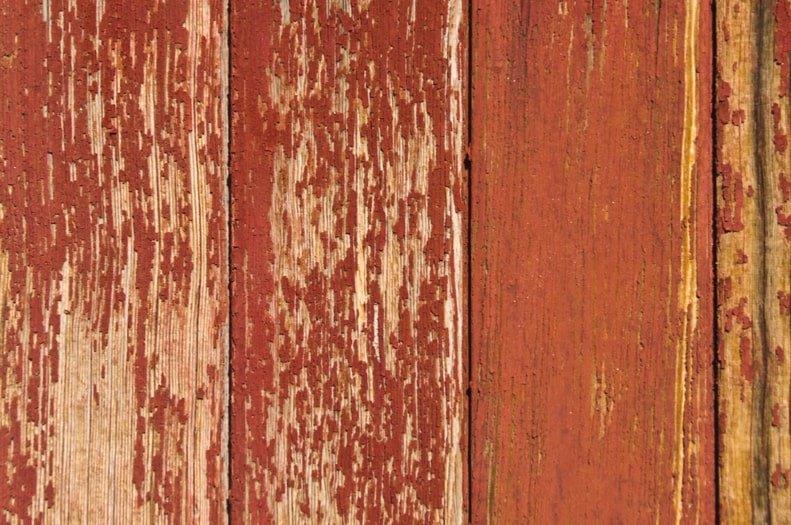All paints are made using similar ingredients. For instance, the additives, solvents, resins, and pigments are usually quite similar in most paints. However, paints made for interior surfaces usually have a few differences compared to paints made for exterior surfaces.
The Major Difference
One difference between interior and exterior paints is that exterior paints often contain more solvent. However, the major difference is found in the resins and additives. To understand why this is necessary, it is important to have a basic understanding of paint chemistry.
Why this Matters
Exterior paint needs to withstand the corrosive UV rays of the sun and other weather elements. This includes changing temperatures and wind action. To withstand the elements exterior paint usually has flexible resins that help it to keep looking good even when the surface below is expanding due to temperature changes. The paint on the exterior will also contain additives that prevent fading and stop mildew from forming.
The paint in the interior is not exposed to the elements too much. As a result, it is made of rigid resins. These rigid resins ensure that interior paint is less prone to damage from scuffing. Besides that, the rigidity makes it easier to clean surfaces with interior paint.
Using Exterior Paint Indoors
Some people mistakenly believe that since interior paint is able to withstand more damage, it will perform well indoors too. However, this is not the case, exterior paint is more prone to scuffing, and it scratches with ease. Besides that, it is designed with more VOCs (Volatile Organic Compounds).
This continues even after it is done curing. This makes it a health hazard if used indoors. The mildewcides used in exterior paint can also have an unpleasant odour when used indoors. In some cases, they trigger allergies in kids and the elderlies.
It is also worth noting that you need to use the right safety equipment even when dealing with interior paints. Besides that, you must ensure the room is well ventilated when applying the paint.
The indoor surface, as well as the outdoor surface, should be cleaned of dust removed before a paint job. For indoor surfaces, you can always add a glossy finish to ensure that the paint resists scrubbing more.
Always Use the Right Paint
No matter how much of a strong wall you might have, ensure that you use the right paint for each job. Besides that, ensure that you mix the paint as recommended, no matter what you have done in the past.
The formulations take months or years of research and testing to create in order to ensure they last as long as possible. Not following the recommendations will only cause you more grief down the road since you will have to redo the job.
Summary
There are paints rated for both indoor and outdoor use. These paints are usually quite versatile, but you have to make some trade-offs. If you do not want to keep buying different cans of paints for different surfaces, you can opt for these paints.



